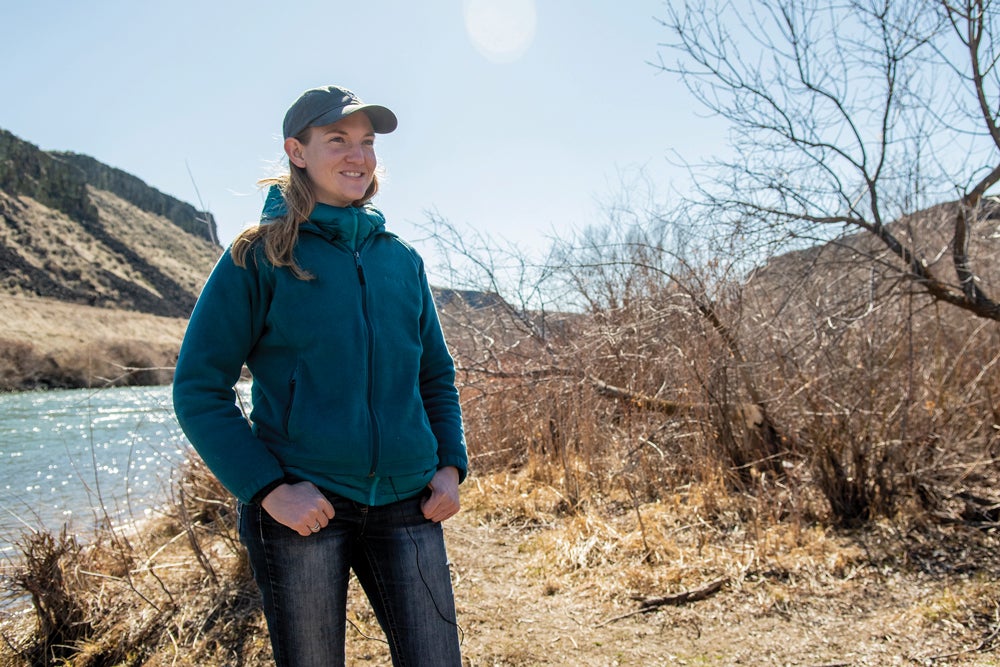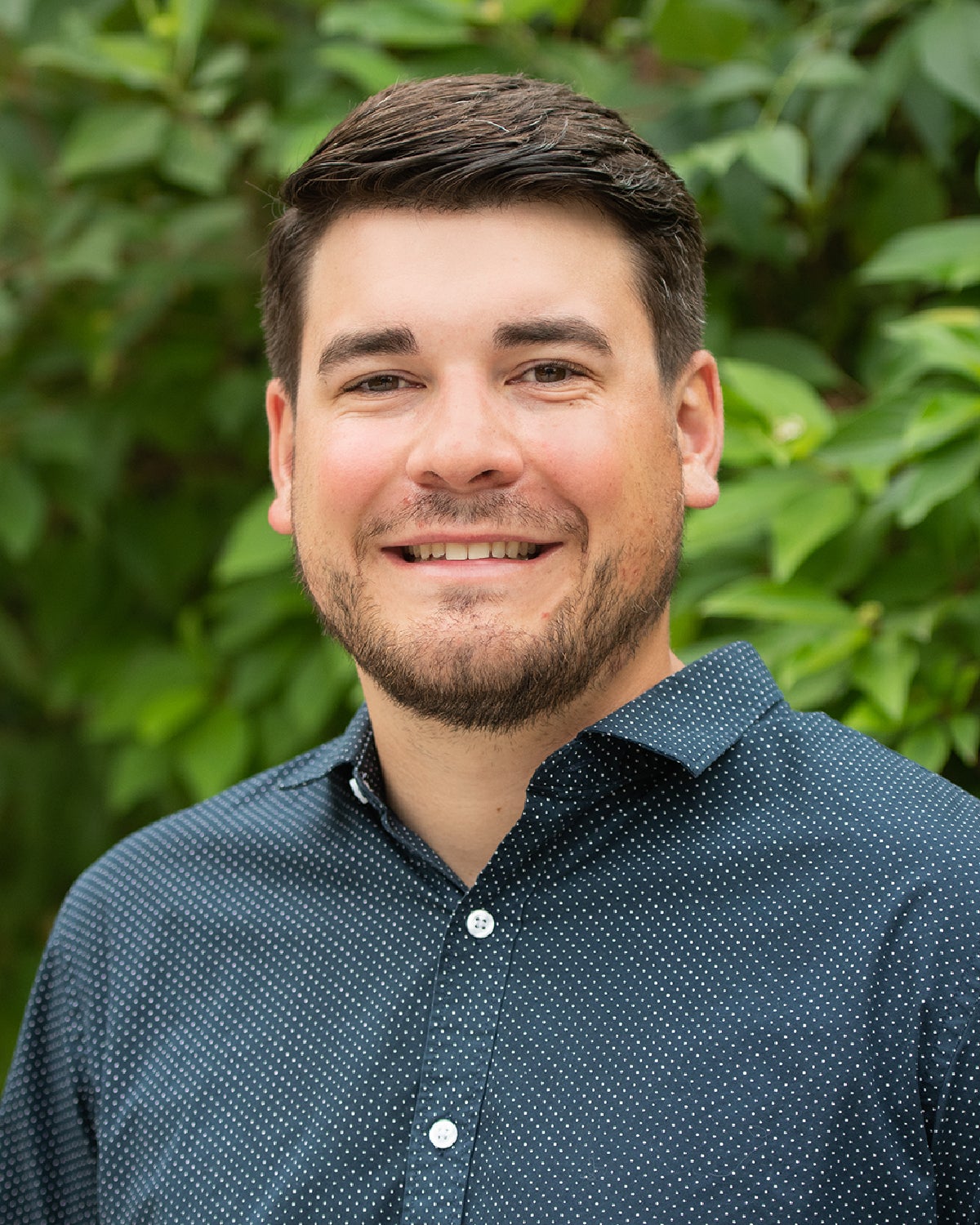
Heidi Ware Carlisle, education director at Boise State University’s Intermountain Bird Observatory, still keeps a letter on her desk from a first-grader thanking her for letting him visit the IBO. Just as touching as the sentiment is an addendum written by the student’s teacher.
“The teacher attached this sticky note saying little Johnny has never written more than a sentence before. It just shows what a difference the programming makes,” Carlisle said.
IBO is world-renowned — a long-term bird monitoring and observation facility with stations across the Gem State. It conducts important research on migrating birds like the long-billed curlew, the northern goshawk and Anna’s hummingbirds. IBO is also a conservation leader. But supporting it means much, much more, because for hundreds of Idaho school children every year, it’s an introduction to real science and fieldwork that can have a lifelong impact.
“I think it’s one of the few places where kids can go outside and do real science,” Carlisle said. “We actually get the kids involved. One of my favorite things to do with a class is take them to the habitat restoration project. The kids collect the data and help us get answers to real research questions, and that’s really unique.”
Heidi Ware Carlisle
IBO facilities play an important role in building knowledge about the natural world, developing community and raising new generations of scientifically literate citizens. Keeping its programs and facilities running, though, can be a challenge. IBO reaches approximately 2,000 students a year through its programs, and facilities like the Diane Moore Nature Center require upkeep and development. It’s worth the investment, though, when it comes to the opportunities for learning and growing.
“Giving kids this connection with real data and real science, a mystery they’re helping solve, is so cool,” she said. “Maybe it goes without saying, just getting kids outside is a huge part of what we do.”
Make a gift to the Intermountain Bird Observatory.
Inspired? Let's Chat!
-

Melanie Bannister
Senior Director of Development
-
